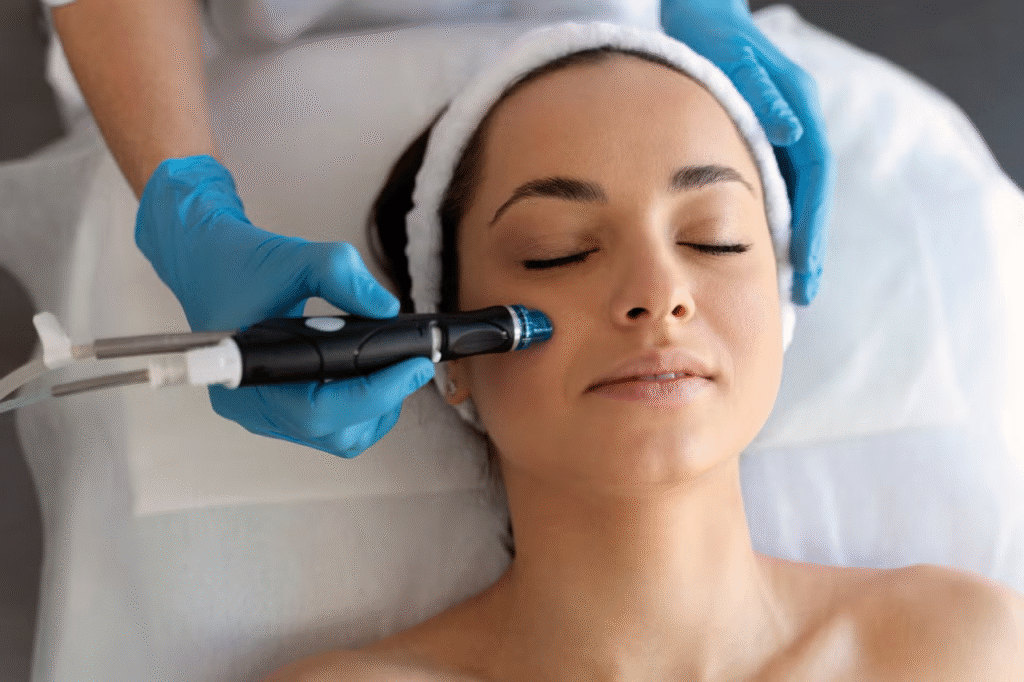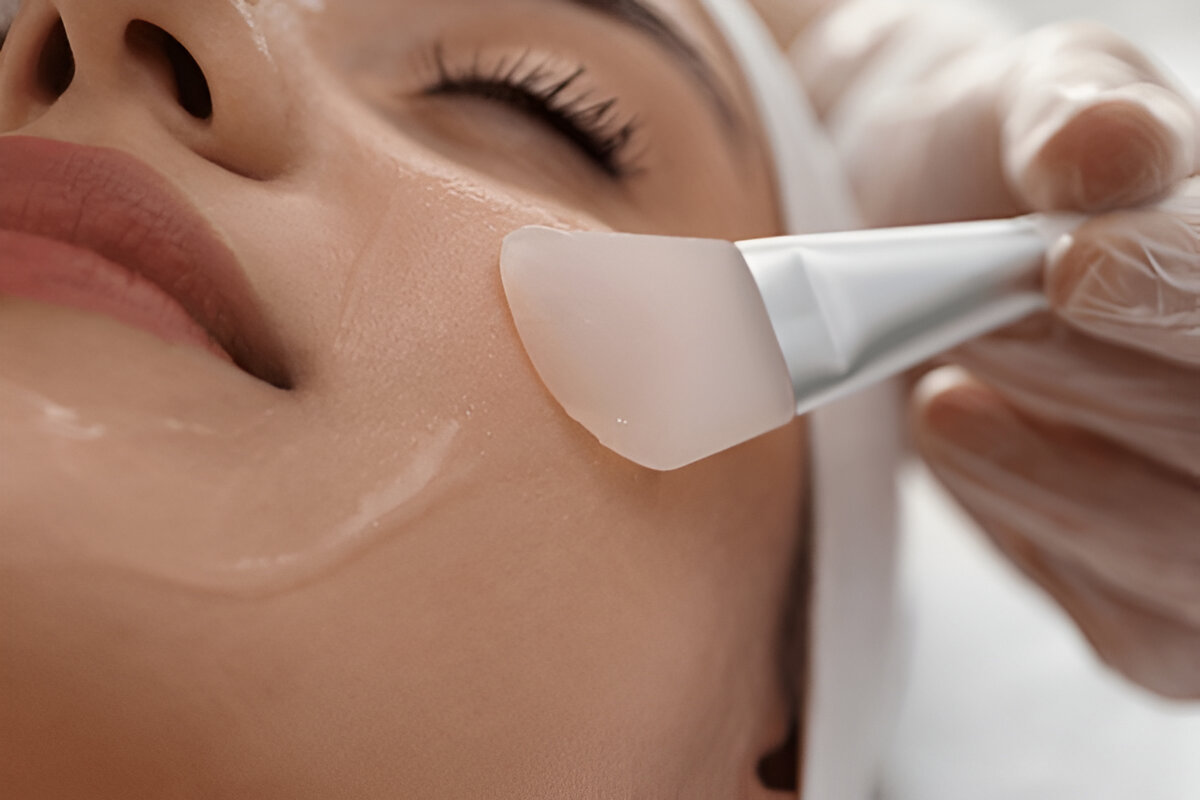When it comes to skin and beauty treatments, derma aesthetics has become one of the fastest-growing areas in healthcare. From Botox and fillers to laser resurfacing and microneedling, people are looking for treatments that improve skin, boost confidence, and provide a youthful appearance.
But here comes a big question many people ask: Will insurance cover derma aesthetic procedures?
The answer is not always simple. Some procedures may be covered, while many others fall under “cosmetic” treatments, which insurance usually excludes. This article will explain everything in detail so you can understand how insurance works for derma aesthetic treatments, what is covered, what is not, and what options are available if you want financial support.
Understanding Derma Aesthetic Procedures
Before looking at insurance, let’s first understand what derma aesthetic procedures mean.
What Are Derma Aesthetic Procedures?
Derma Aesthetics procedures are treatments designed to improve the appearance, texture, and overall health of the skin. They may include non-surgical methods like:
- Botox injections
- Dermal fillers
- Laser skin resurfacing
- Chemical peels
- Microneedling
- PRP (Platelet-Rich Plasma) treatments
- Skin tightening procedures
These treatments are usually performed by dermatologists or trained professionals in a clinic setting.
Why Do People Choose Derma Aesthetic Treatments?
People seek these treatments for different reasons:
- To reduce wrinkles and fine lines
- To treat acne scars or pigmentation
- To tighten loose skin
- To look younger and refreshed
- To boost self-confidence
While the reasons are often cosmetic, sometimes derma aesthetic treatments also play a medical role. This difference is important when we talk about insurance coverage.
The Role of Insurance in Healthcare

How Does Insurance Usually Work?
Health insurance is designed to cover medically necessary procedures. This means treatments that are required to cure, manage, or prevent a disease or medical condition.
On the other hand, procedures that are cosmetic and done only for appearance are usually not covered.
The Difference Between Cosmetic and Medical
- Cosmetic: A treatment done only to improve looks. Example: Botox to reduce wrinkles.
- Medical: A treatment done to treat or manage a condition. Example: Botox to treat chronic migraines.
This difference decides whether your insurance will cover the cost or not.
Will Insurance Cover Derma Aesthetic Procedures?
Now, let’s directly answer the main question.
When Insurance Covers Aesthetic Treatments
Insurance will cover derma aesthetic procedures if they are considered medically necessary.
For example:
- Laser treatments for people with severe burn scars.
- Botox injections for patients with chronic migraines, excessive sweating (hyperhidrosis), or jaw clenching (TMJ disorder).
- Reconstructive procedures after an accident, surgery, or injury.
When Insurance Does Not Cover Treatments
If the procedure is only for beauty or personal preference, insurance will not cover it.
Examples:
- Botox or fillers for wrinkles
- Chemical peels for glowing skin
- Laser treatment for minor pigmentation
- PRP treatments for anti-aging
These are seen as lifestyle choices, not medical needs.
Common Derma Aesthetic Treatments and Their Insurance Status
Let’s break it down treatment by treatment.
Botox
- Medical use (covered): Migraines, hyperhidrosis, jaw pain.
- Cosmetic use (not covered): Wrinkles, fine lines, face slimming.
Dermal Fillers
- Medical use (covered sometimes): Reconstructive after surgery or injury.
- Cosmetic use (not covered): Lip enhancement, cheek fillers, face contouring.
Laser Resurfacing
- Medical use (covered sometimes): Burn scars, skin conditions.
- Cosmetic use (not covered): Anti-aging, general skin glow.
Microneedling and PRP
- Medical use (rarely covered): Severe scars, wounds.
- Cosmetic use (not covered): Anti-aging, hair regrowth, skin brightening.
Chemical Peels
- Mostly cosmetic → Not covered.
- May be covered in rare cases if used for medical skin conditions.
How to Check If Your Insurance Covers Derma Aesthetic Procedures
Step 1 – Review Your Policy
Check your insurance plan documents. Look for sections on dermatology, reconstructive surgery, or medical necessity.
Step 2 – Get a Doctor’s Letter
If your treatment has a medical reason (such as burns, scars, migraines), ask your dermatologist to write a letter explaining why it is necessary.
Step 3 – Pre-Authorization
Contact your insurance provider before starting treatment. Get pre-authorization to confirm coverage.
Step 4 – Keep Records
Maintain medical reports, photos, and test results that prove the need for treatment.
Alternatives If Insurance Does Not Cover
Even if insurance does not help, you still have options.
Payment Plans
Many clinics offer easy installment plans for expensive treatments.
Membership Packages
Some derma clinics provide yearly packages where you pay a fixed fee for multiple treatments.
Health Savings Accounts (HSA) or Flexible Spending Accounts (FSA)
In some countries, you can use HSA or FSA funds for certain medically approved skin treatments.
The Importance of Consulting Both Doctor and Insurance Provider
Why Talking to Your Doctor Helps
Doctors can explain whether your treatment is medical or cosmetic. If medical, they can provide documents to support your insurance claim.
Why Talking to Your Insurance Company Helps
Insurance companies have strict rules. Getting confirmation in writing before treatment avoids surprise bills later.
Myths About Insurance and Aesthetic Treatments
Myth 1 – All Aesthetic Treatments Are Cosmetic
Not true. Some are covered if linked to medical issues.
Myth 2 – Insurance Will Automatically Pay if a Doctor Suggests It
False. Insurance still decides based on policy rules.
Myth 3 – Cosmetic Treatments Can Be Claimed as Medical
Trying to claim a cosmetic procedure as medical without proof can lead to rejection.
The Future of Insurance for Derma Aesthetics
Growing Demand for Coverage
As more people undergo skin treatments, there may be pressure on insurance companies to expand coverage.
Combining Health and Beauty
Some treatments improve both health and appearance. In the future, we may see hybrid coverage options.
Conclusion
So, will insurance cover derma aesthetic procedures? The answer depends on the reason behind the treatment. If it is medically necessary, such as for scars, burns, or medical conditions, there is a chance of coverage. But if it is purely for beauty and cosmetic purposes, insurance will usually not cover it.
Paramount Medical Equipment Trading LLC is the best approach is to check your policy, talk to your doctor, and confirm with your insurance provider before starting treatment. That way, you know exactly what to expect.
For more insightful articles related to this topic, feel free to visit writoka


